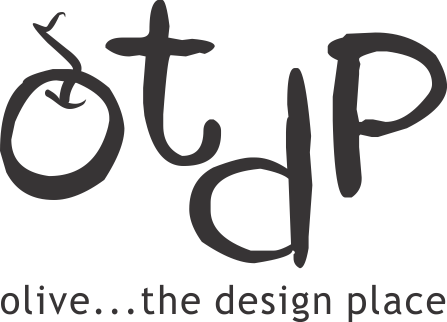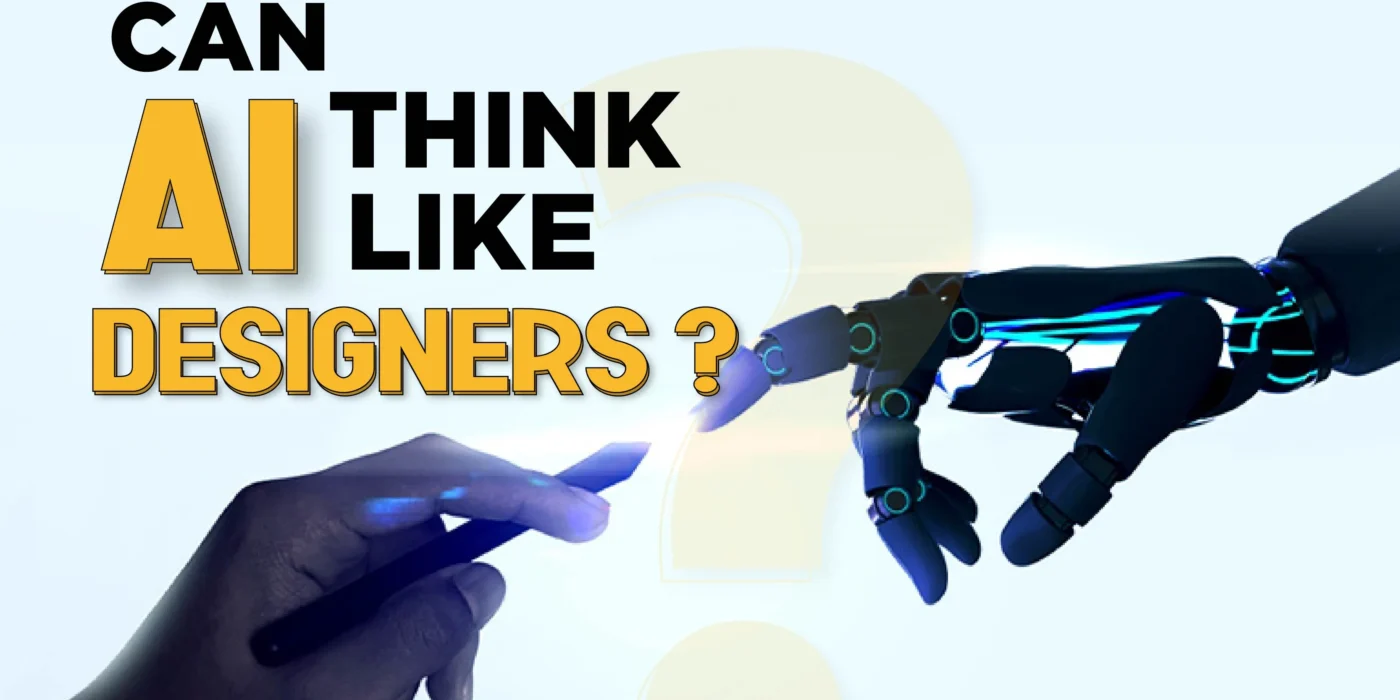writted by @OTDP
AI in Creative Advertising: Can Machines Think Like Designers?
In the ever-evolving world of advertising, creativity has always been the heartbeat of every successful campaign. But now, there’s a new player in the creative process—Artificial Intelligence. From crafting ad copy to designing visuals, AI is stepping into territory once thought to be the exclusive domain of human designers.
But here’s the real question: Can machines truly think like designers? Or are we simply witnessing advanced automation dressed up as creativity?
Let’s dive in.
What Does “Creative” Mean in Advertising?
Creativity in advertising isn’t just about making things look pretty. It’s about storytelling, emotional resonance, and clever problem-solving. A good ad doesn’t just inform—it inspires, amuses, or connects on a deeper level. For years, these nuances were thought to be beyond the reach of machines. After all, creativity was supposed to be human.
Yet AI has started to challenge that notion in very real ways.
How AI Is Powering the Creative Process
AI isn’t just a buzzword—it’s actively changing the way brands approach design and communication. Here’s how:
1. AI-Generated Visuals
Tools like DALL·E and Midjourney allow advertisers to generate high-quality visuals from simple text prompts. Need a retro-style poster of a robot sipping coffee in a Paris café? AI can deliver that in seconds.
2. Smart Design Assistants
Platforms like Adobe Sensei or Canva’s AI tools can suggest layouts, fonts, and color palettes based on your brand style and past performance. They’re not just saving time—they’re improving consistency and design accuracy.
3. Creative A/B Testing
AI can generate multiple versions of ads and test them across different audience segments. It learns what works—and what doesn’t—in real time, then optimizes the creative for better performance.
Can Machines Be Truly Creative?
Here’s where it gets interesting.
AI can simulate creativity by recognizing patterns, predicting trends, and generating original-looking content. But it doesn’t “feel” or “understand” in the way a human does. It’s pulling from data—massive amounts of it—and remixing existing concepts.
A human designer might create based on personal experience, emotion, or intuition. An AI designs based on algorithms and data.
So while machines can mimic creativity—sometimes with stunning results—they don’t actually think like designers. Not yet, at least.
Where AI Excels (and Where It Still Needs Help)
Strengths of AI in Creative Advertising:
- Speed and scalability
- Data-driven personalization
- Consistent branding
- Generating ideas or concepts rapidly
Limitations of AI:
- Lack of emotional depth or cultural context
- No original intent or vision
- Limited by the quality of training data
- Struggles with abstract or symbolic thinking
This is why the future of creative advertising lies in collaboration, not replacement.
AI + Human Designers = The Perfect Creative Team
At OTDP, we believe the sweet spot lies in the synergy between human intuition and machine intelligence. AI can handle the heavy lifting—suggesting visuals, optimizing layouts, and analyzing performance—while our creative minds focus on the why behind the design.
When used right, AI becomes an extension of the designer—not a competitor.
Final Thoughts: Will AI Replace Designers?
Not anytime soon.
AI in creative advertising is powerful, but it’s not a substitute for the human spark. It’s a tool—one that can elevate your creative process, but not replace the soul of your storytelling.
As we move forward, the brands that will stand out aren’t those who rely entirely on machines or cling solely to tradition—they’re the ones who blend the two with purpose.
So, can machines think like designers?
Not quite. But they can sure help us think—and create—better.
Want to explore how AI and human creativity can transform your brand’s advertising? Connect with OTDP—Chennai’s leading creative and digital marketing agency—where innovation meets imagination.

